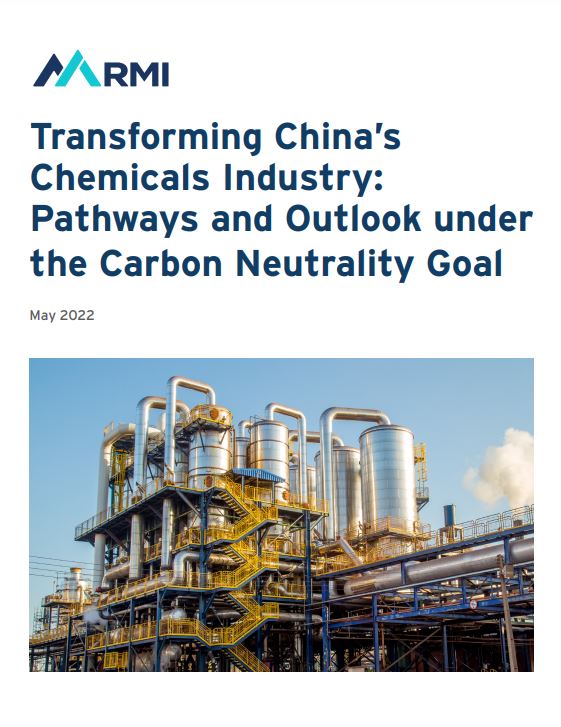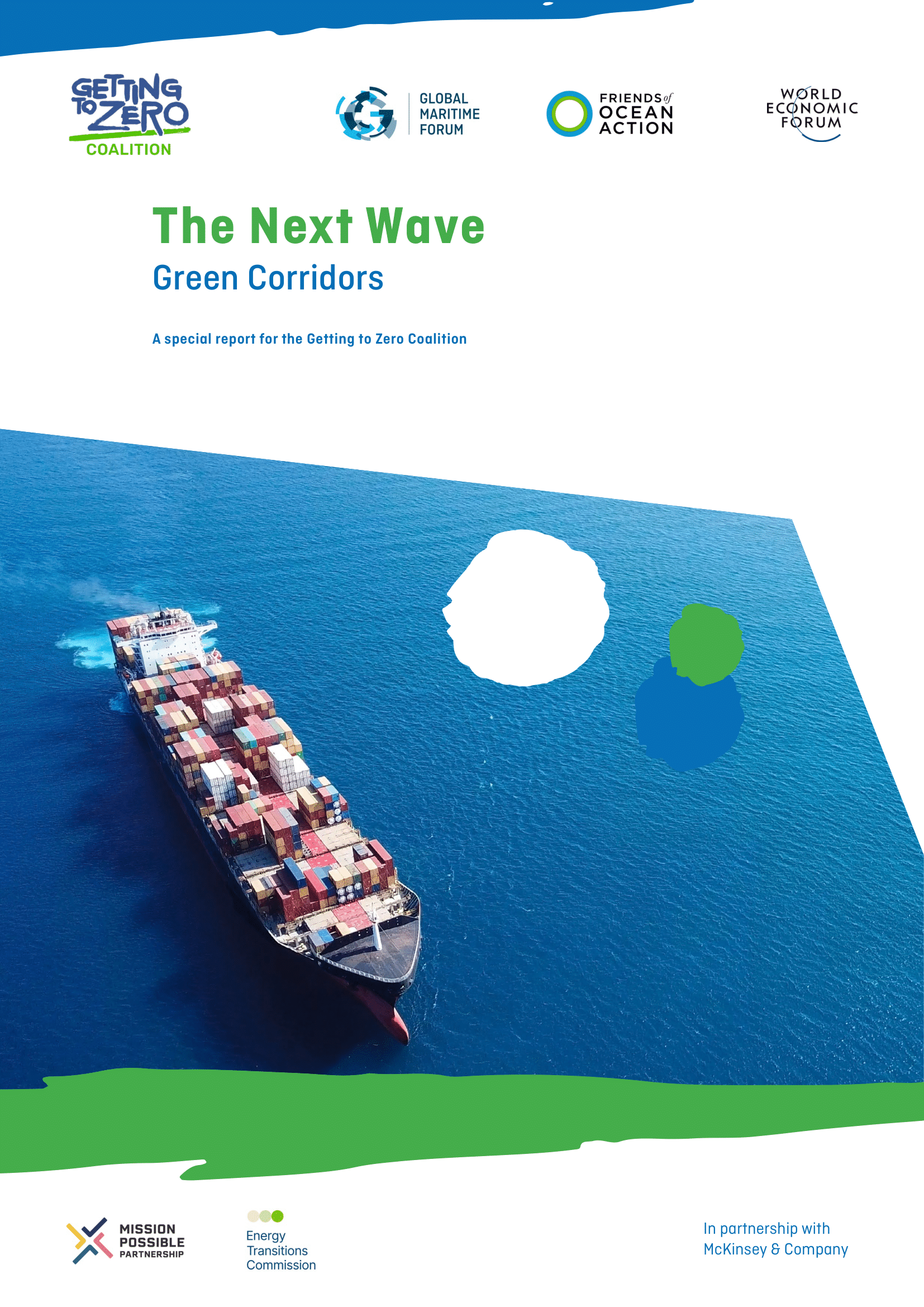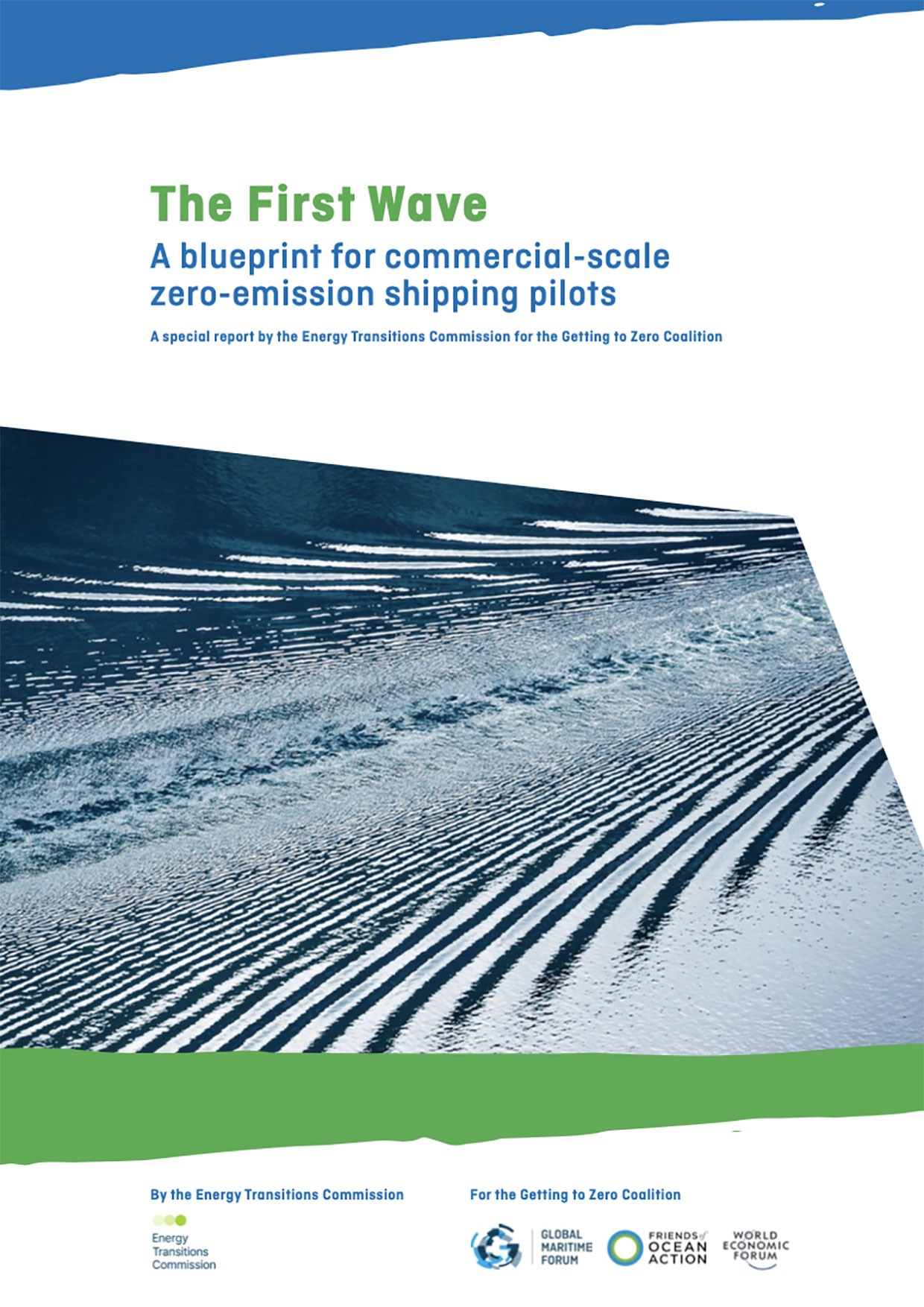Making Net-Zero 1.5°C-Aligned Ammonia Possible
September 2022
Shipping will make or break rapid scaling of zero-emissions ammonia capacity
MPP’s report maps critical steps for – including emissions data and real-economy milestones – for the sector to achieve net zero emissions by 2050. The strategy forecasts strong demand for both green ammonia (where the hydrogen is produced via electrolysis from renewable electricity and water) and blue ammonia (from hydrogen produced from natural gas with carbon capture) with green ammonia emerging as the dominant material.
New applications for green ammonia as an energy carrier – in particular as a marine fuel – could increase demand, as ammonia assumes a larger role in the transition to a green economy. Rapid scaling of near-zero-emissions ammonia production depends on the shipping sector – which is likely to use it as an alternative fuel to heavy fuel oil, and on demand from the power sector – where green ammonia could replace coal in Japan and South Korea.
Today’s ammonia production of 185 Mt annually is driven mostly by its use in fertilizer, a process which relies heavily on fossil fuels for both hydrogen feedstock and heat generation. To remain within a 1.5oC-aligned sectoral ‘carbon budget’, between 20% and 40% of total production should come from near-zero emissions production technologies by 2030. This requires scaling up the current project pipeline by 200-400%.
Net-zero ammonia interactive tool
MPP has released an interactive ‘Explorer’ tool to compare decarbonisation options in different regions, with the functionality to generate custom user scenarios. The Python model for STS analytics is also available, with full coding and open-source input data.
Ammonia: Explore the Net-Zero Transition and Shared Code
MPP Sector Transition Strategies
MPP seeks to inspire cross-sector learning and real-world projects that will translate global strategic thinking into local action.
This Ammonia Transition Strategy joins a series of industry transition strategies developed by MPP to guide decarbonisation of seven hardest-to-abate sectors. Of these, four are from the materials industries: aluminium, chemicals, concrete, and steel. Transition strategies for the mobility and transport sectors – aviation, shipping, and trucking – are available online.







